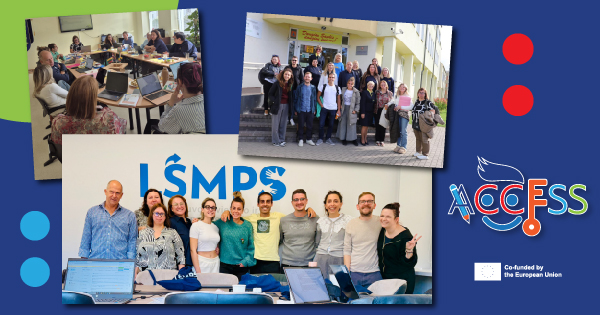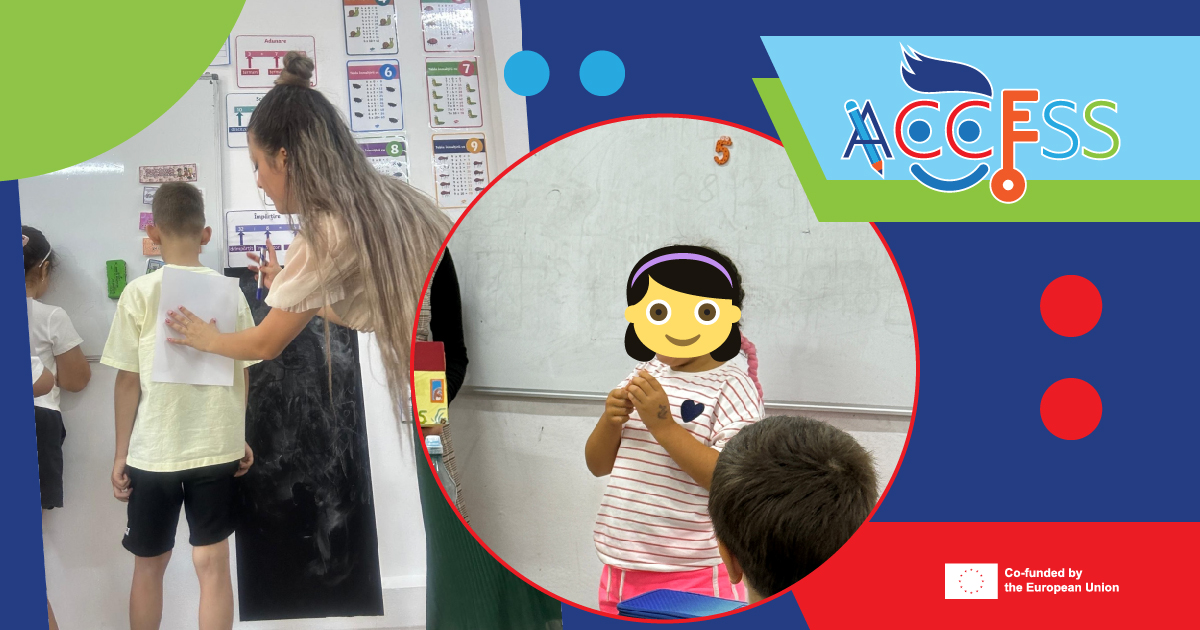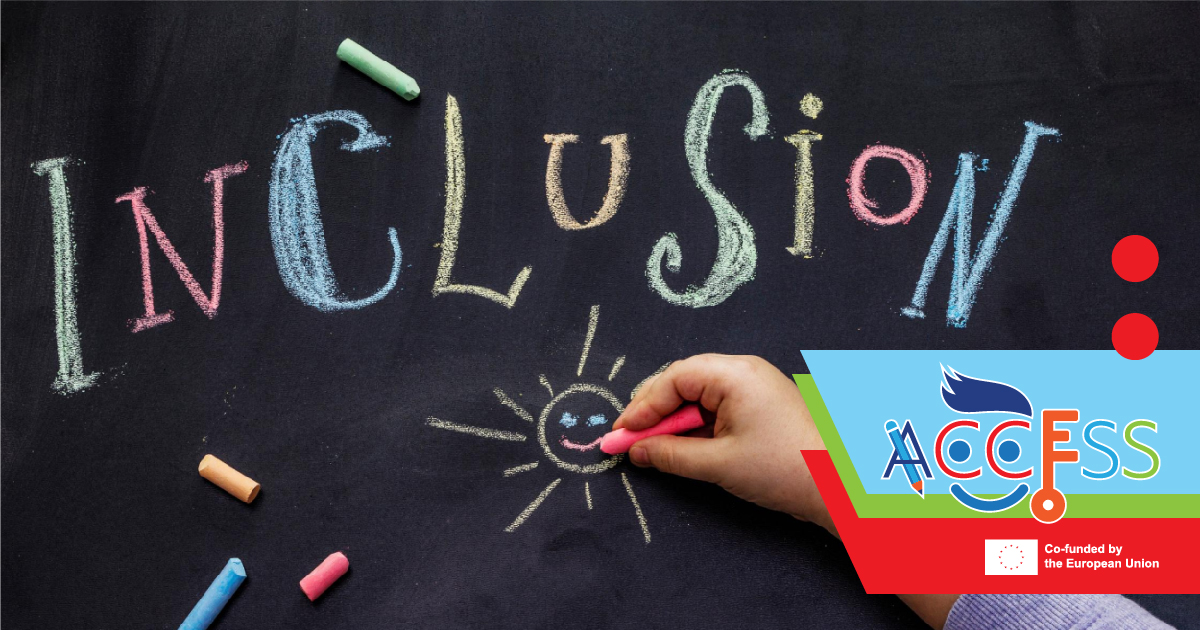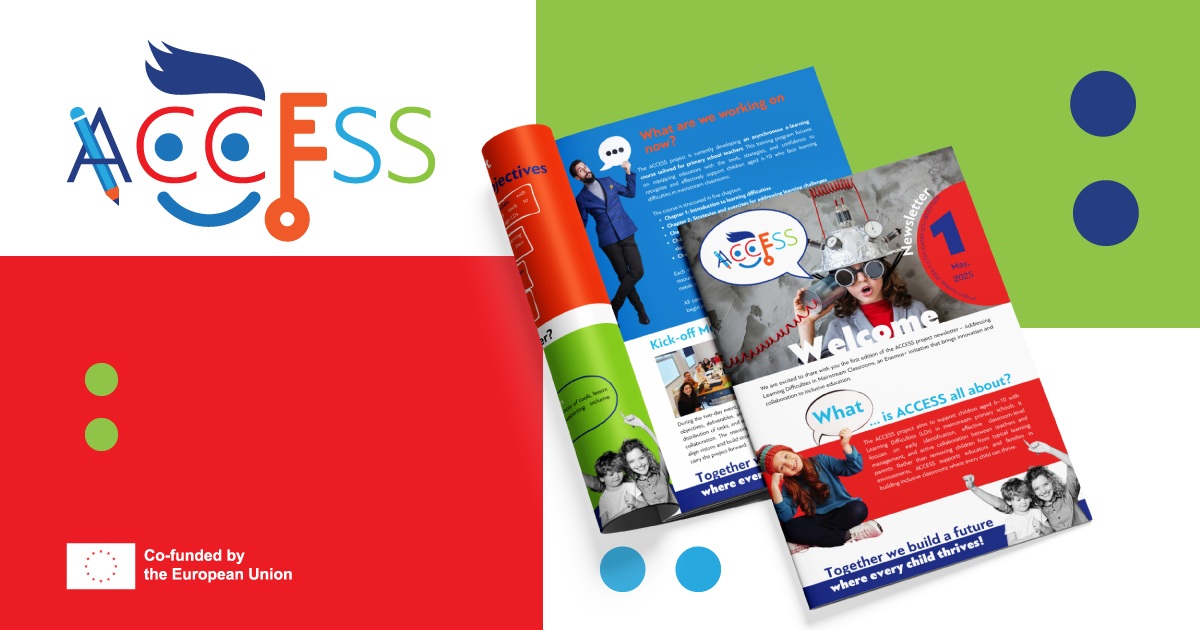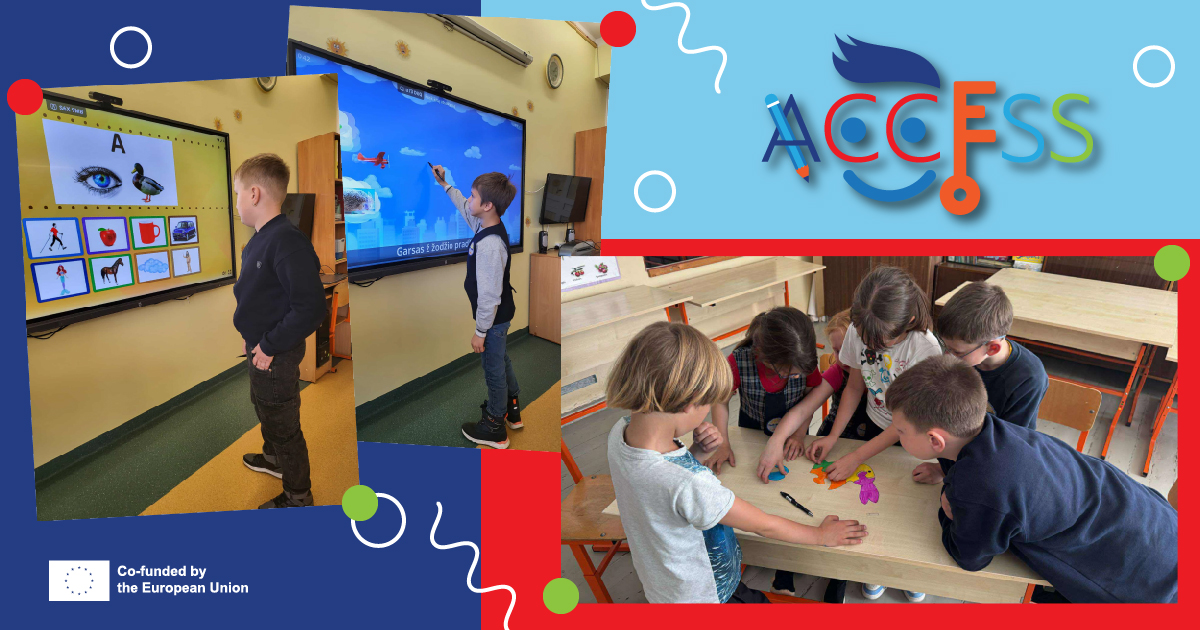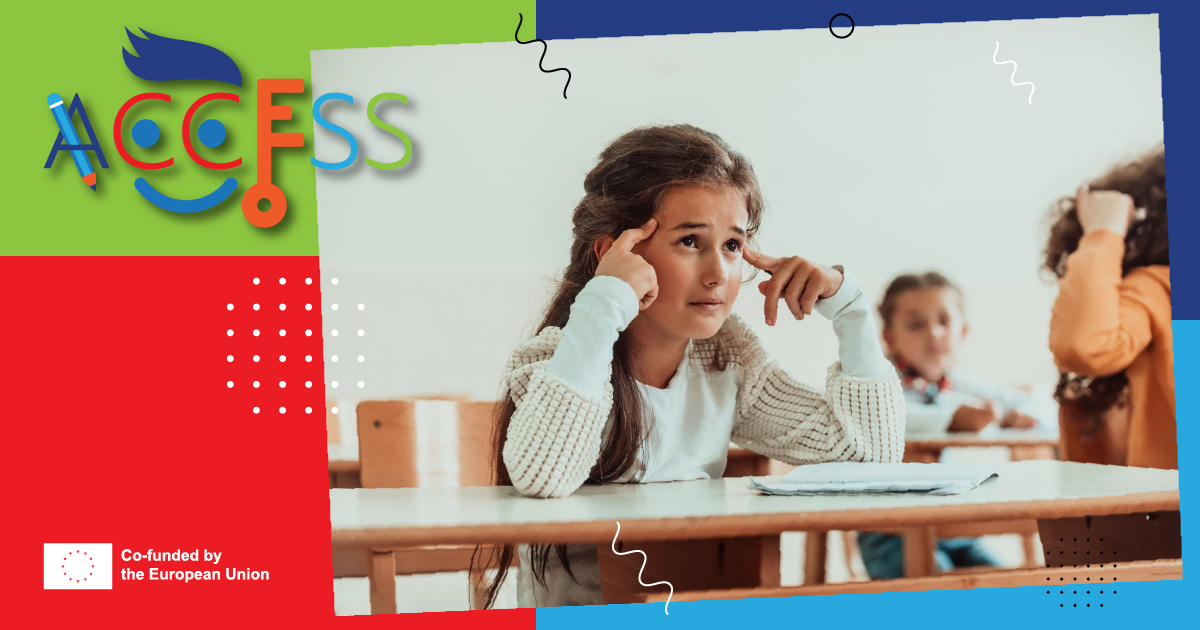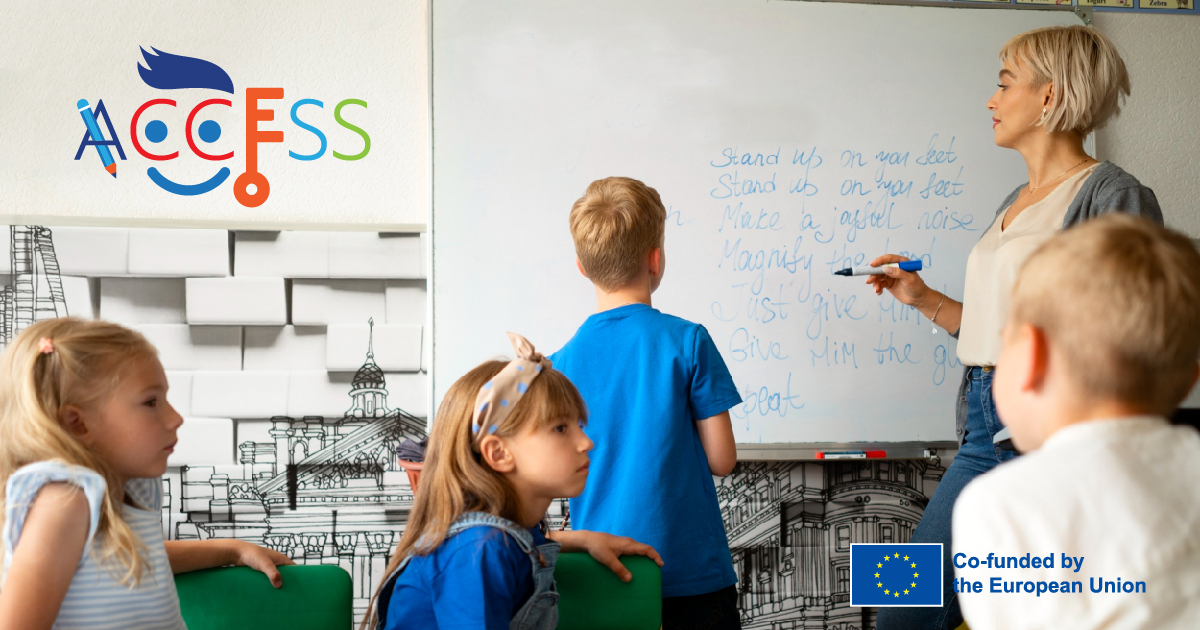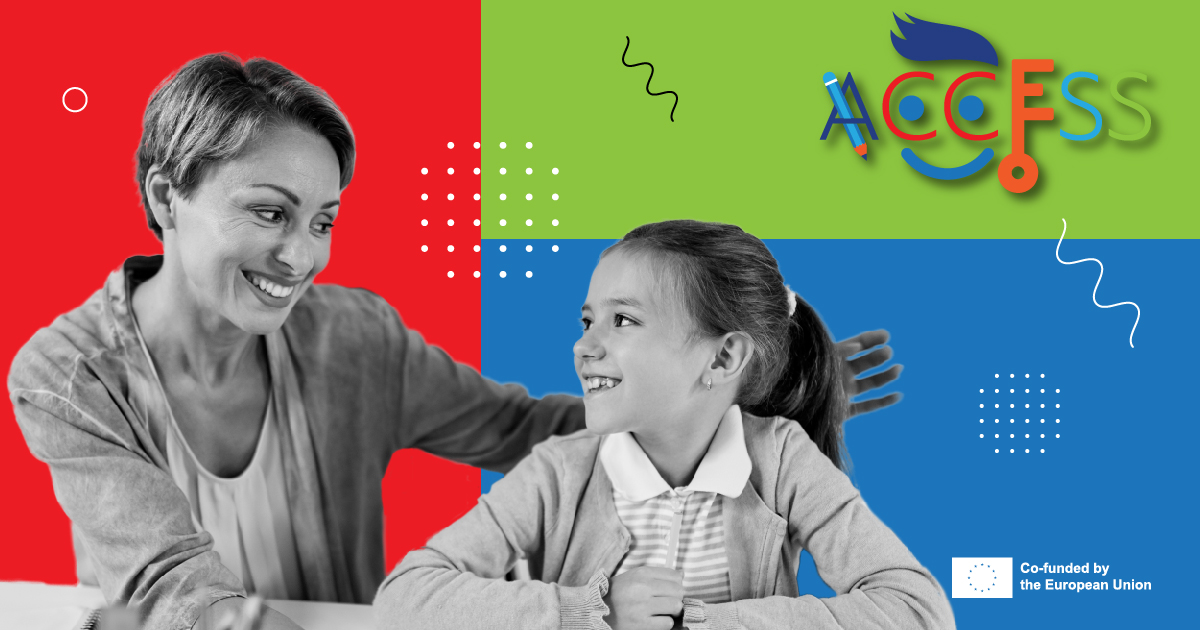When the bell rings at 8:30, our hallway fills with shoelaces, backpacks, and the small thunder of children who are still waking up. On the classroom door, the day’s plan is sketched with pictures—reading, writing, math, art—because predictability is a kindness. Inside, we start the morning the same way: a deep breath together, a quick check-in (“thumbs up, sideways, or down?”), and a reminder we repeat like a promise—every brain learns differently, and every brain belongs here.
In our school, inclusion isn’t a separate room or a special hour. It’s the way the adults look at each child and ask, “What would make this easier to access?” We’ve learned that dyslexia, dysgraphia, and dyscalculia are not walls but maps. They tell us where to place bridges.
During literacy, you’ll see a dozen tiny strategies braided into normal life. Some children read from decodable books matched to the sounds we’ve taught. Others listen with whisper phones, hearing their own voices bounce back while they track each word with a finger. On the carpet, a pair is playing our new favorite tactile game: one child traces a short word on a friend’s back, letter by letter; the friend closes their eyes, pictures the shapes, and tries to blend the sounds. When they get it, their smile is a light switch. For a child with dyslexia, multisensory routines like this—saying, seeing, touching—make letters less slippery.
For a child with dysgraphia, we split the mountain: first, tell me your idea out loud. Next, we map it with little pictures and boxes. Only then do we try a sentence—sometimes typed, sometimes dictated into a tablet, sometimes hand-written in big, generous lines. If the spacing isn’t perfect yet, that’s okay. We grade the thinking first, the mechanics second. The room, when it’s working, feels like a place where you’re allowed to be clever even if your pencil doesn’t always keep up.
Math comes after a movement break (three minutes of silly dancing can save a whole lesson). On the tables: ten-frames, bead strings, base-10 blocks. For our students with dyscalculia, numbers make more sense when they start out as things you can hold.
All of this—the careful scaffolds, the routines that look like play, the humor when something goes sideways—sits inside a larger commitment we call Project Access. It isn’t a program on a shelf; it’s our way of making sure support is early, precise, and shared.
Early means we screen gently at the start, middle, and end of the year—listening for phonological awareness, checking letter–sound links, watching number sense, collecting a short handwriting sample. If a teacher notices a wobble, we don’t wait for a crisis. We try in-class supports first, then invite the family into the conversation. When needed, we formalize a Plan de Intervenție Personalizat (PIP) that sets small, honest goals.
Precise means students get what they need in the right dose. Most supports live in the main classroom where everyone can use them.
Shared means we’re not doing this alone. Weekly, the classroom teacher, the logoped, and our inclusion lead sit for 20 minutes with a stack of sticky notes and a growth chart. We swap ideas: “Try color-coding vowels for her.” “Let him answer orally for science this week.” “Send that ten-frame game home; Dad said they loved it.” Families are our partners. We host short workshops—how to read together without tears, how to play math at the kitchen table. We send home take-home kits that feel like gifts, not prescriptions.
There are little markers that tell us this approach is working. The boy who used to guess wildly now taps sounds with calm concentration. The girl who hid her writing now plans a paragraph with a proud “Look!” The child who feared numbers reaches for blocks without shame because everyone reaches for blocks. We track the data, yes—words correct per minute, letter formation rubrics, number sense probes—but we also watch for lighter shoulders and longer stares of concentration. Progress here looks like a child staying with a hard thing a little longer than last week.
It isn’t perfect. Some days the printer jams, the tablets won’t log in, someone cries, someone else copies the homework from their neighbor. But the culture holds. We keep routines predictable. We honor breaks. We offer choices in how to show learning—saying it, drawing it, building it, typing it—because choice is dignity. We read tests aloud when text is the barrier to showing what you know. We separate content from mechanics when grading. We give extra time without making it feel like extra attention.
This is what an inclusive classroom looks like in our Romanian school: a place where the PIP is a living plan, where Project Access ties early identification, targeted support, and family partnership into a daily rhythm that feels human. We are not fixing children. We are fixing the conditions around them so they can show what they’re capable of.
At the end of the day, we stack the chairs and glance at the work samples we’ve tucked into folders. Inclusive classrooms in Romanian schools are both possible and powerful. By combining PIP, targeted intervention, and caring partnerships, and by structuring these within Project Access, we make sure every child can participate meaningfully and make progress. Dyslexia, dysgraphia, and dyscalculia don’t define a student’s potential; they simply ask us to teach smarter, earlier, and together.

